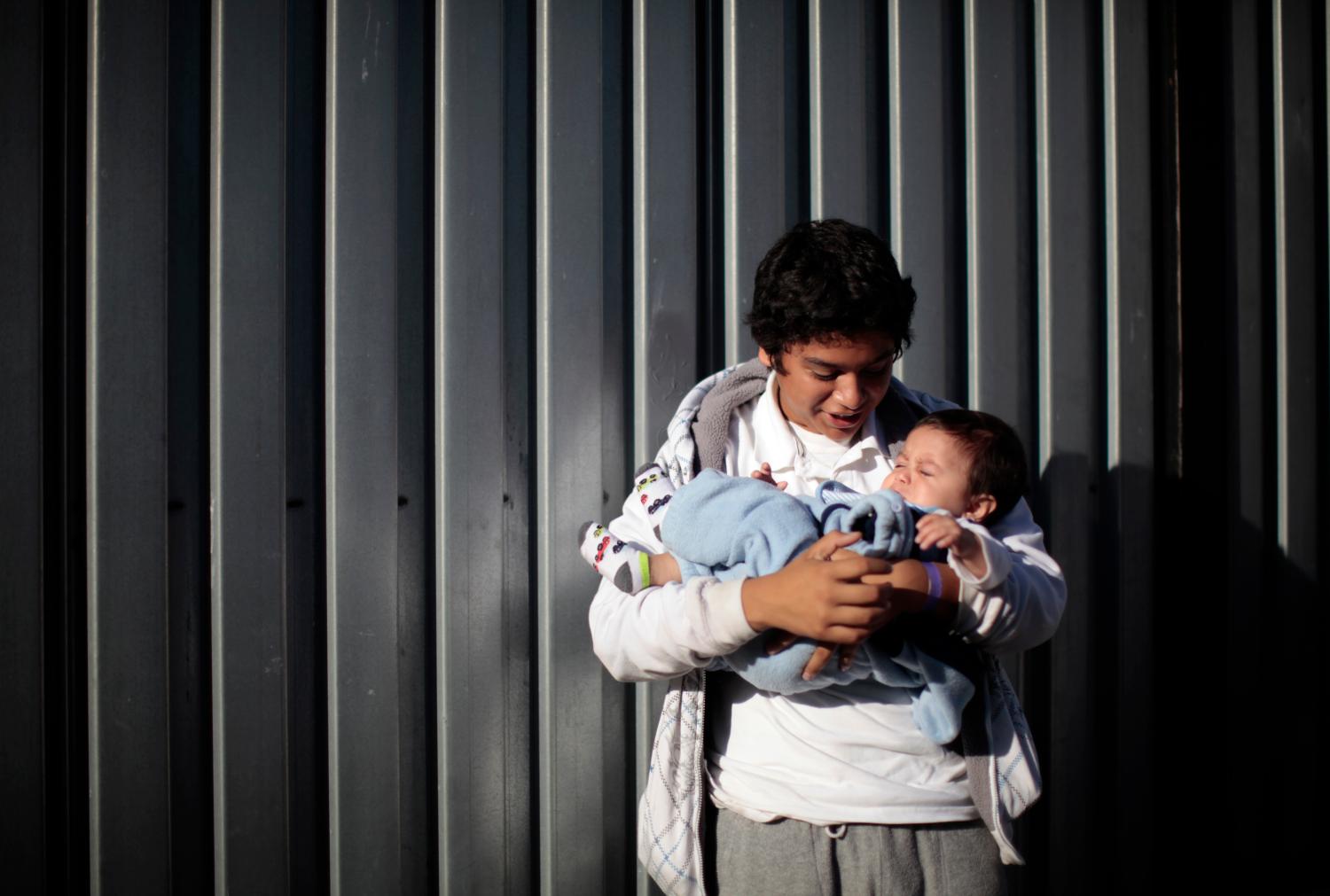EXECUTIVE SUMMARY
Children throughout the United States continue to be negatively impacted by the lingering effects of the Great Recession, with children in some states more hard hit than others.
The impact of the recession on children can be hard to see. Some economic statistics ignore children, while others come out with a long time delay. An updated issue brief by Julia Isaacs of the Brookings Institution tracks the economic well-being of children during the recession with three state-by-state indicators: children with an unemployed parent, individuals receiving nutrition assistance benefits, and child poverty.
-
Children with an Unemployed Parent. An estimated 6.5 million children under the age of 18 are living in families with an unemployed parent during an average month of 2011, based on data through the first nine months of the year. More than 1 million of these children live in California, which has an unemployment rate of 12 percent, second only to Nevada at 13 percent. Of particular concern is the number of children living with parents who have been out of work for more than six months: this number totals 3 million nationally. Children in California, Florida, Michigan and Nevada are particularly likely to be living with parents who have been out of work for six months or longer.
- Individuals Receiving SNAP Benefits. Almost half of participants receiving Supplemental Nutrition Assistance Program (SNAP, or formerly food stamp) benefits are children, making SNAP caseloads a good indicator of economic well-being among children. Over the past four years, monthly caseloads have skyrocketed by 70 percent, from 26 to nearly 45 million participants. This extraordinary caseload increase means that roughly 8 million more children were receiving SNAP benefits in spring 2011 than four years earlier, bringing the total number of child recipients to 21 million. One in seven Americans (14 percent) are receiving SNAP benefits in 2011, with the recipiency rate as high as one in five residents in a half-dozen states (the District of Columbia, Michigan, Mississippi, New Mexico, Oregon and Tennessee).
- Child Poverty. Child poverty has risen by a percentage point or more for each of the last four years, from 18 percent in 2007 to 22 percent in 2010. The number of poor children has increased by 3 million over the same time period, totaling 16 million children nationwide in 2010. Child poverty varies dramatically by state, with rates reaching 30 percent or higher in three states (the District of Columbia, Mississippi and New Mexico). The author predicts that child poverty will continue to rise in 2011, by about a half percentage point. Child poverty will remain high across the country. Isaacs’ child poverty prediction model suggests that 27 states will have poverty rates of more than 20 percent in 2011, a dramatic increase from 14 states having such high poverty in 2007.
Children’s economic well-being has deteriorated between 2010 and 2011, according to two of the three indicators tracked in this analysis. One positive trend is that the number of children with an unemployed parent is lower than a year ago. However, SNAP caseloads continue to rise, and, according to the predictions presented here, child poverty also continues to rise. The economy may have begun its slow recovery, but conditions are not yet improving for children in the most vulnerable families.
The continued worsening of children’s economic well-being comes at a time when both federal and state budgets are tight. As policy makers engage in debates about government spending, it is important to recognize that many families with children have not yet recovered from the recession and are in greater need of government assistance than in normal economic times.
The Brookings Institution is committed to quality, independence, and impact.
We are supported by a diverse array of funders. In line with our values and policies, each Brookings publication represents the sole views of its author(s).




